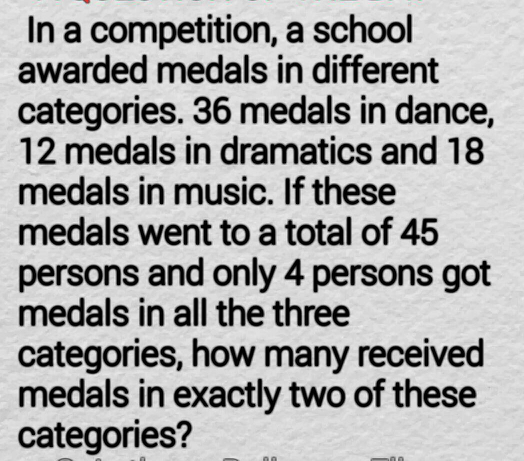
AllQuestion and Answers: Page 1894
Question Number 20346 Answers: 0 Comments: 3
Question Number 20344 Answers: 1 Comments: 3
Question Number 20368 Answers: 0 Comments: 2
Question Number 20338 Answers: 0 Comments: 0
Question Number 20337 Answers: 0 Comments: 0
Question Number 20335 Answers: 0 Comments: 0
Question Number 20334 Answers: 0 Comments: 0
Question Number 20326 Answers: 0 Comments: 1
Question Number 20316 Answers: 0 Comments: 8
Question Number 20309 Answers: 0 Comments: 0
Question Number 20308 Answers: 1 Comments: 0
Question Number 20307 Answers: 2 Comments: 0
Question Number 20366 Answers: 1 Comments: 0
Question Number 20298 Answers: 1 Comments: 0

Question Number 20297 Answers: 1 Comments: 0
Question Number 20293 Answers: 1 Comments: 0
Question Number 20292 Answers: 1 Comments: 0
Question Number 20291 Answers: 1 Comments: 0
Question Number 20296 Answers: 2 Comments: 0
Question Number 20449 Answers: 0 Comments: 0
Question Number 20259 Answers: 1 Comments: 0
Question Number 20257 Answers: 1 Comments: 0
$$\int\frac{{dx}}{\left(\mathrm{1}−{x}\right)\sqrt{\mathrm{1}+{x}}} \\ $$
Question Number 20256 Answers: 1 Comments: 0
$$\int\frac{{dx}}{\left({x}−\mathrm{4}\right)\sqrt{{x}+\mathrm{3}}} \\ $$
Question Number 20255 Answers: 1 Comments: 0
$$\int\frac{{x}^{\mathrm{3}} {dx}}{\sqrt{{x}−\mathrm{1}}} \\ $$
Question Number 20254 Answers: 1 Comments: 0
$$\int\frac{{dx}}{\left({x}−\mathrm{1}\right)\sqrt{{x}^{\mathrm{2}} +\mathrm{1}}} \\ $$
Question Number 20281 Answers: 0 Comments: 0
Pg 1889 Pg 1890 Pg 1891 Pg 1892 Pg 1893 Pg 1894 Pg 1895 Pg 1896 Pg 1897 Pg 1898
